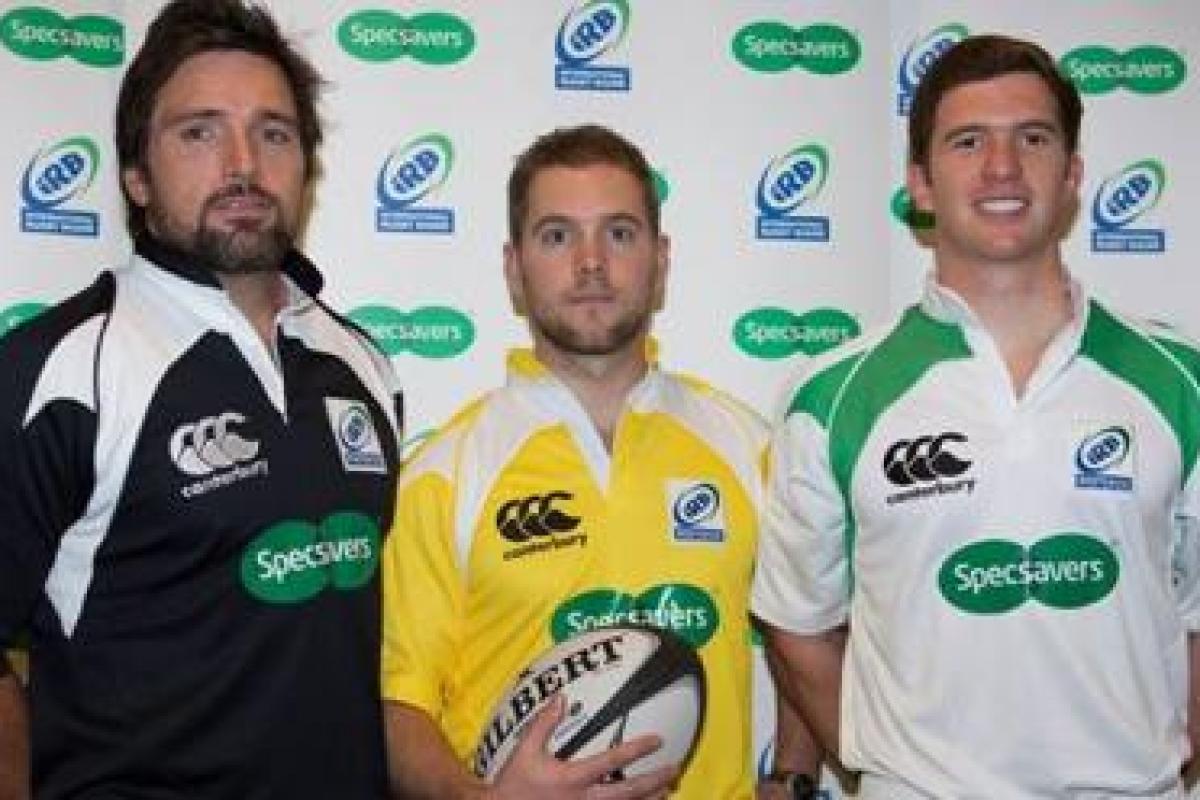Right place, right time, right cognitive engagement - Like many rugby fans (‘nut’ might be a better description) I was so excited that the British & Irish Lions Tour to Australia had finally arrived. It had been four long years since they were here (I live in South Africa, remember) and watched every game, even the mid-week games, at least once. Sadly I couldn't go this time. I’m really jealous of my son Hal, who is on his Gap Year (pronounced Gahp Yah if you’ve seen the YouTube video). Our good family friend Scott Gibbs took him to the Test match in Brisbane.
When Scott represented the Lions so impressively (check out the Lions game in 1997 where he dumped Os Du Randt on his not inconsiderable backside, also on YouTube) the Lions were not so commercialised. They were big, don’t get me wrong, but the value of the brand had not been fully exploited. I recall back in 1997 I couldn’t even find a Lions' shirt to buy. Now even the refs are sponsored – by Specsavers no less, which gets my early 2013 Media deal of the year award. Sponsoring refs and getting your brand name on their shirt has been around for a while now. It’s smart – the ref is in every shot and often in close-up as they ask for a TMO ruling or yellow-card someone. I’ve seen Wealth Management businesses and even a supermarket take up this media placement opportunity. Can’t remember which ones – and that’s my point. A name on a shirt, or a hoarding at pitch-side, will get you some brand awareness at best. But Specsavers has every commentator talking about them, drawing the viewers attention to them, because the idea of an optician sponsoring the ref is bloody funny.
The number 81
What Specsavers are achieving is cognitive engagement and I’m getting very interested in that. Let me explain with this simple test. Take the number 81. I’ve exposed it to you but I bet if I met you in a year's time and asked you to tell me the number you’d have forgotten it. Look at the number again – it is a fat person wearing a tight belt next to a snake with a stiff back. With that description, if I asked you in two years time there is a very high chance you will remember the number 81. Why? Because you have processed the information cognitively or knowingly. It is the method used by any Memory Man in a circus act. And it works.
What interests me is that digital is offering some newer and better ways to achieve cognitive engagement. One such innovative company is Solve Media – their site will explain all – but to give one example of theirs, take the CAPTCHA. That is the really annoying security thing you have to type in to prove you are human on a multitude of on-line sites, the combination of a word and numbers in weird fonts. Solve Media have replaced this with typing in a brand message – quicker and easier as the message is directly above, but insodoing they have got you cognitively to process the message.
Any time a brand gets you to respond in some way in social media it is also a form of cognitive engagement. I’m not advocating this instead of more profound ways of building relationships and commitment among your target audience – using and really enjoying the product is always the best way to do this, sampling can force it, subtle advertising can reinforce it – but it cannot be a bad thing to have your audience not merely recall your brand message but actually to have processed the information. Especially as digital and mobile allows you to target that much more precisely – by user, occasion, context.
TV Media people still talk about OTS, GRP’s, reach, frequency – the measurement of exposure to a message. So you reached 20 million people at least three times – great. But what if you got 200,000 of exactly the right people at exactly the right time in exactly the right place actively to engage with your message.
It doesn’t have to be digital – Specsavers have achieved something special with their very analogue cognitive engagement. And sometimes a brand can get cognitive engagement by the brand not actually being there at all.
Logo, or no logo
There is a cricketer who plays for South Africa, Hashim Amla, a very talented batsman and a devout Muslim. Castle Lager has sponsored the Proteas (the SA team) for many years off and on. They get their name on the shirt – but not Hashim’s shirt because of his religious beliefs (which I am not in any way seeking to disrespect). However, the fact that he is the only player on the field that does not have a Castle logo on his shirt, and a very prominent player at that, it gets picked up and mentioned by the commentators virtually every time he plays (cricket commentators have a lot of airtime to fill). I once heard Ian Botham and David Gower fill a full 10 minutes pointing out that Amla did not have the Castle logo, which was especially ironic as the game was at Newlands and the Castle Brewery was in the background of the shot.
Funny I remember that so well – it was several years ago and I don’t even like cricket that much. So what was the number? Correct – see it does work.
Read more from Mark Sherrington in our Library.
